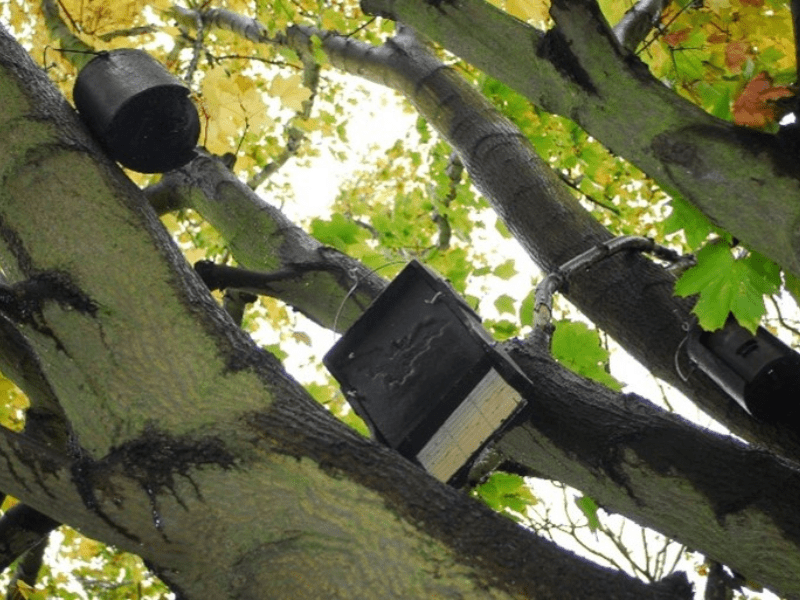Suffolk homebuilder reveals top tips to encourage bats to hang out in your garden
27/08/2022 -

In support of International Bat Night (27th and 28th August), Barratt and David Wilson Homes has provided a series of tips to welcome the nighttime visitors to gardens in Suffolk.
Bats, often misunderstood creatures, make up more than a quarter of mammal species in the UK and around 20% of those worldwide; with over 1,400 species in total, according to the Bat Conservation Trust.
As part of its efforts to support the local ecosystem with new habitats for wildlife, Barratt and David Wilson Homes has implemented homes for bats across its developments in the county.
Annette Hurst, Sales Director at Barratt and David Wilson Homes Eastern Counties, said: “It’s important we provide homes for wildlife as well as people and bats are certainly no exception, which is why our newest developments now have bat boxes installed to welcome our nocturnal neighbours.”
To support the preservation of the winged wonders, Barratt and David Wilson Homes has provided the following tips for creating a thriving and undisturbed habitat in gardens:
Get Planting
Gardens are a vital source of food, water and shelter for bats and to ensure they are regular visitors, it’s important to plant a diversity of flowers including night-scented ones such as evening primrose, moonflower and honeysuckle.
Linear features including hedgerows and tree lines are also appealing to bats, not only as a navigational aid, but for potential feeding perches and roosting spots.
DIY Bat Boxes
Whilst bat boxes are available to purchase, it’s quite simple to build one to provide a homemade habitat for the nocturnal neighbours.
Bats, like people, don’t like draughts and prefer well insulated boxes where the temperature and humidity are consistent. A ‘bat ladder’ must be installed adjacent to an entrance of no more 15 to 20mm wide to prevent predators from entering.
Any timber used should be rough sawn and untreated due to bats’ sensitivity to chemicals and, once installed, a bat box cannot be opened legally without a license.
Darkness is Bliss
Avoiding the use of artificial lighting is essential for bats, other wildlife, people and the planet. Many bat species avoid artificial light. As nocturnal mammals, they have adapted to the life in darkness, which is partly to avoid being hunted by birds of prey such as sparrowhawks during the day.
Artificial lighting on or nearby a bat roost can be detrimental in a number of ways including the delay or prevention of bats emerging from their roosts, which affects their foraging time.
Similarly, it has an impact on their feeding behaviour as they can miss out on slower-flying prey which avoid well-lit areas. The increased lighting can also force a bat to abandon, or even become entombed, in their roost.
Keep Cats Away
If you’re a cat owner, it’s important to limit their time outside in the evenings for the benefit of bats and other wildlife. Cat attacks are one of the most common causes of bat casualties.
Even simple measures such as keeping a cat inside at night, or making sure they’re inside half an hour before sunset until an hour after sunset can make a great difference.
Mid-June to the end of August is the time to keep cats indoors at night as it’s when bats will be looking after their babies.
For more information, call the Barratt Homes sales team on 033 3355 8488 or the David Wilson Homes sales team on 033 3355 8489. Alternatively, visit www.barratthomes.co.uk or www.dwh.co.uk.
All articles on this news site are submitted by registered contributors of SuffolkWire. Find out how to subscribe and submit your stories here »

